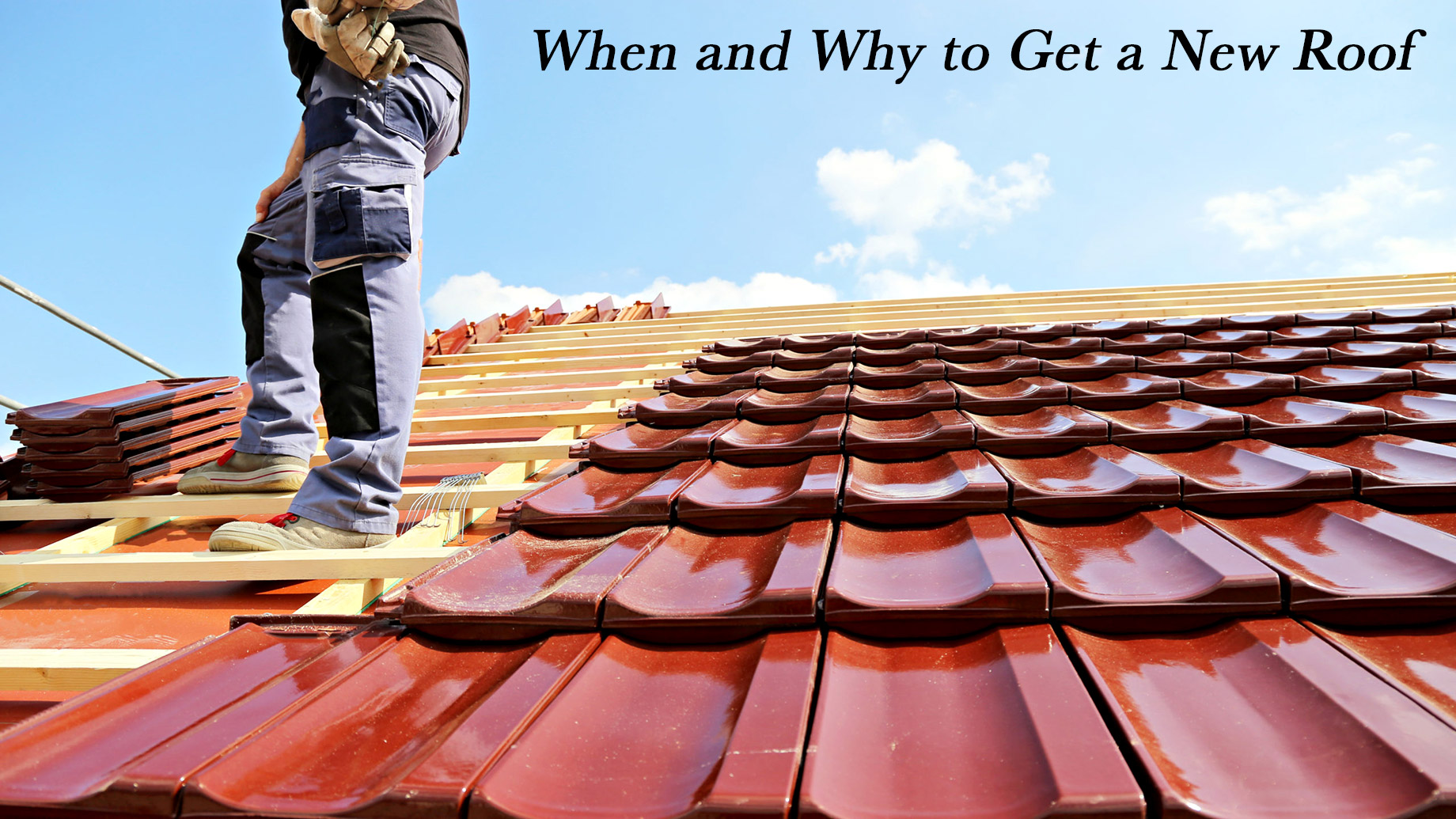
Have you lived in your home for a few years now? When is the last time you replaced your roof or is it the original one from when the house was built?
Most people don’t realize that they need a new roof until its too late. Don’t let this happen to you!
Keep reading to learn how to tell you to need to replace your roof before you end up with serious damage.
1. Begin Inside
If you are starting to think that it might be time to replace your roof, one of the first places to check is inside your home. If you have an attic or a crawlspace above your ceiling then this is where you should begin your inspection.
Armed with a flashlight, climb up underneath the eaves and look for any water damage in the form of stains or streaks. Or, if there are any beams of light shining through the top of your house.
These are both signs that you have a leak, which might not mean a full roof replacement. But it is a sign that things are beginning to deteriorate.
2. Review Your Records
If you don’t remember the last time you replaced the roof, or you purchased the home from someone else, you should check and see when the current roof was installed.
Hopefully, there are some home improvement records that will show when the roof was last reshingled or replaced. This will be a good indication of whether or not it’s time to do so again.
A typical roof that has asphalt shingles should last between 20 to 25 years. If the roof was installed over a layer of shingles that already existed then you will get closer to 20 years.
If you are nearing this time frame, or have already passed it, then it’s time to think about hiring a roofer.
3. Examine Your Shingles
Every so often you should check the shingles on your home, especially after a big storm system has passed through.
Your shingles should lie flat against the roof. If you find areas that have lifted, look damaged, cracked, or buckling then it’s time to repair them.
After you have checked to see if there are any damaged shingles, you should also check your gutters and downspouts to see if there are any shingle granules built up in them. As your shingles age, they will not be able to withstand the heavy rain, winds, and fluctuating temperatures as well as they could when they were new.
If your roof is starting to lose granules, this is another sign that the shingles are beginning to deteriorate and need to be replaced.
Also, you should install gutter guards around the roofline of your home. These guards will help prevent the build-up of debris such as leaves or pine needles in your gutter. The debris will rest against the eaves and the trapped moisture from the rain will cause damage.
4. Repair Flashing
On your roof, you have flashing that surrounds your skylights, vents, or chimneys. The seals around these areas will begin to wear from the sun and rain or heavy storms. You should examine the seals to make sure there are no breaks or cracking that could cause a leak.
If your home is older, the flashing might be made of either tar or roof cement. Now is a good time to replace these older systems and upgrade them to a metal flashing unit.
If there are any cracks or breaks to the existing metal flashing seals, clean the area from dirt and debris. Then use a roof caulk to reseal the area to prevent further leaks.
5. Check for Rot
If you have rotted wood, one of the biggest indications will be your roof starting to sag. If you are able to tell this immediately by just looking from the outside, you should have your roof replaced as soon as possible. This will help prevent additional damage that might occur to your home.
If you can’t see any sagging from the exterior, check inside under the eaves, especially at the lowest areas in the roof. There might also be rot if you have any boards that look moist and decayed or have trapped moisture.
6. Clear Debris
If you have trees that hang over the roof of your home, then there is a good chance you have some debris such as leaves, branches, or moss that has collected. If left too long, the debris will begin to retain moisture and will cause damage to your shingles.
If you have a large problem with debris staying on your roof, you should plan to periodically clean it off to avoid damage. If you have moss that is growing in the shaded roof corners, you should use a stiff brush to clean it off. This is also a great time to notice if there is any damage done to your roof and either repair or plan to replace it.
If trees are hanging over your roof causing problems, the best way to solve the problem is by having the tree trimmed back. As the tree continues to grow it will just continue to cause additional issues. You might want to consider having it removed.
Learn More About How to Tell You Need a New Roof Today
These are the most common signs that you need to repair your shingles or need a new roof. The main signs to look for are damaged, cracked, or buckling shingles, rotting wood, damaged flashing, or trapped areas of moisture.
If you feel that you have any of these issues, it is best to inspect the area as soon as possible. That way you can see if you need to repair the damaged area or if it is time for a total roof replacement. Did you enjoy this post? If you would like more household tips or information, make sure to visit the rest of our site!